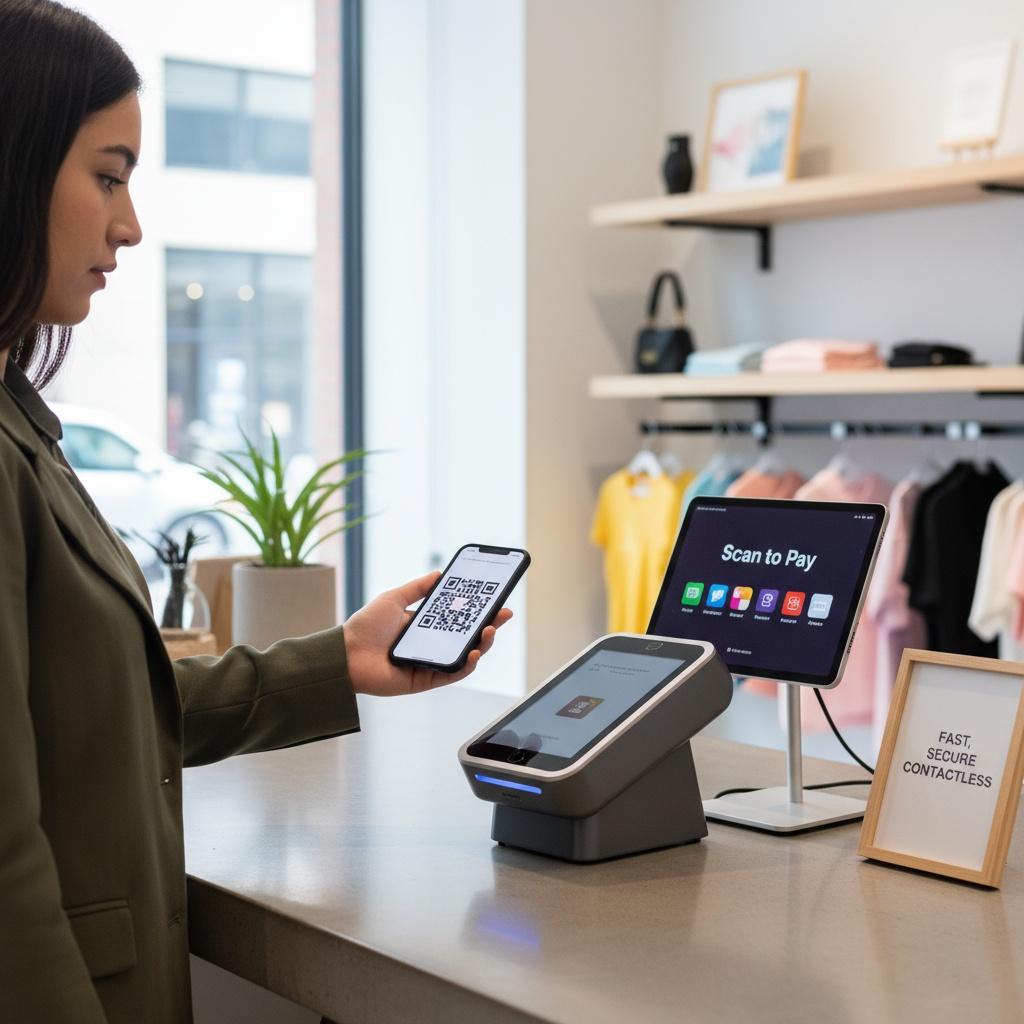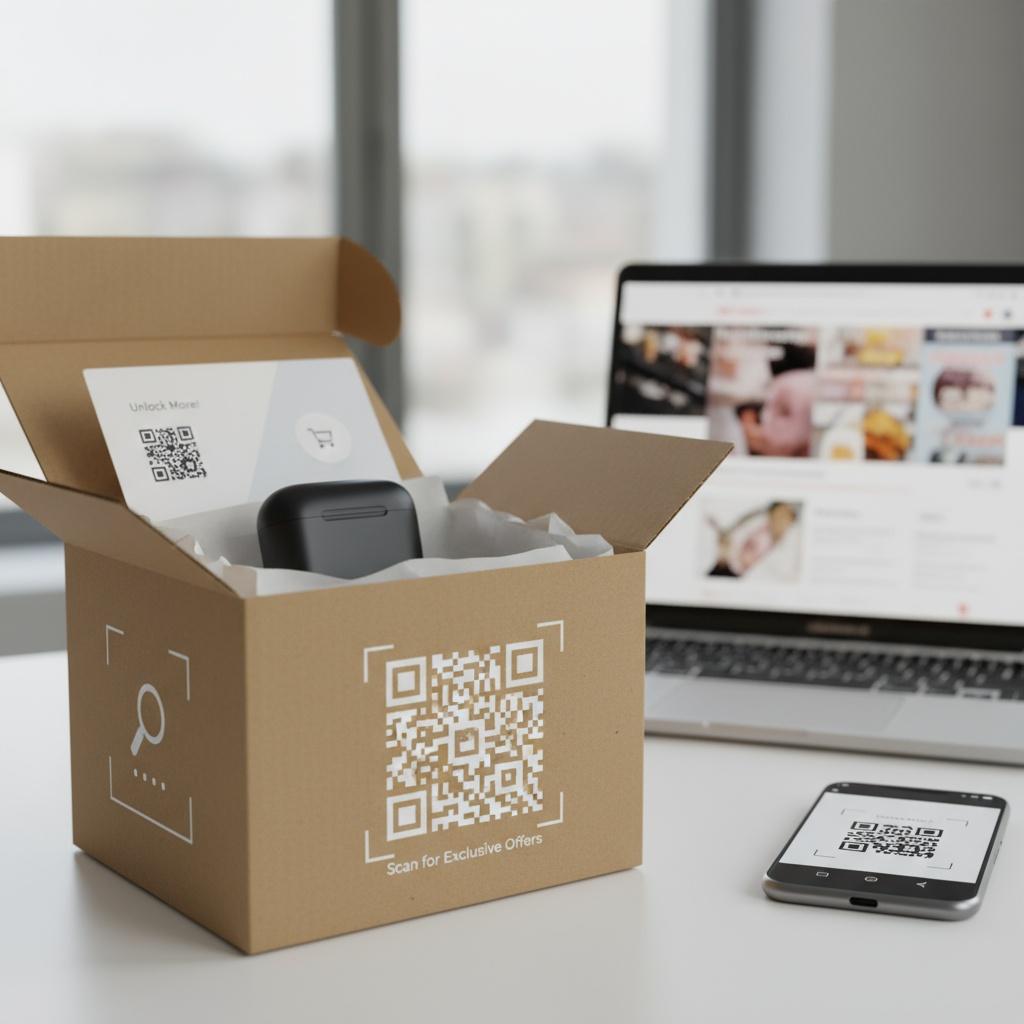

Packaging has quietly become one of the most powerful modern marketing strategies in eCommerce. By adding smart, standards-based QR codes to boxes, sleeves, and inserts, brands turn every delivery into a digital touchpoint—capturing first-party data, enabling real-time personalization, and nudging customers toward their next purchase. In a world of rising acquisition costs, QR codes in business are pragmatic digital transformation tools that convert post-purchase attention into measurable revenue.
Unlike ads or email, a package arrives at peak customer intent—right when someone has your product in hand. A well-designed code can route shoppers to tutorials, upsells, loyalty sign-ups, or reorder flows in seconds. That combination of immediacy and utility compounds over time: it reduces returns (better onboarding), increases repeat purchase (frictionless replenishment), and builds trust (transparent product info). For eCommerce leaders, that’s a durable growth lever hiding in plain sight.
The shift from one-dimensional barcodes to 2D codes is accelerating, enabling richer content, traceability, and omnichannel experiences. Industry bodies and retailers are preparing for a future where the same on-pack code serves checkout and consumer engagement. To understand the trajectory and benefits of this connected approach, see GS1 UK on connected packaging (“Beep to bytes: the rise of connected packaging“) and this analysis of GS1’s shift from 1D barcodes to 2D codes (“GS1 is killing barcodes and unlocking far smarter supply chains“). The takeaway: QR codes aren’t just a novelty—they’re infrastructure for scalable, connected commerce.
Great QR experiences feel like a concierge, not an ad. Use codes to kick off product setup, surface how-to videos, confirm authenticity, and invite reviews or UGC. For replenishable goods, link to a one-tap reorder; for multi-SKU brands, personalize cross-sells based on what’s in the box. Seasonal campaigns can dynamically route scans to fresh offers, while warranty and registration flows capture high-intent, permissioned data. The result is a cohesive customer journey that continues well beyond delivery day.
Treat the code as a conversion asset: make a clear promise (what they get), deliver immediate value (content or incentive), and make the next action obvious (buy, subscribe, share). Use dynamic destination rules to tailor by device, language, location, and inventory. Keep the visual callout simple and scannable, and ensure short-load, mobile-first pages. For inspiration on tailoring experiences, explore next‑gen personalised marketing with QR codes in this overview (“How QR codes can help brands seize the opportunity for next-gen personalised marketing“).
QR codes unlock compliant first-party data when you design for value exchange—progressive profiling, clear consent, and tangible benefits like tips, exclusive content, or loyalty rewards. Map QR events to your CRM and CDP, enrich profiles with product and context data, and trigger journeys (e.g., onboarding sequences or reorder reminders). Printing and packaging workflows matter too; see how digital packaging printing and connected experiences support agility and personalization at scale (“How Digital Packaging Printing Boosts Speed to Shelf“).
Track both engagement and commercial outcomes: scan rate per thousand shipments, unique vs. repeat scans, time on page, opt-in rate, assisted revenue, and code-to-cart conversion. Establish clean attribution, then run A/B tests on code placement, on-pack messaging, and landing page offers. Monitor scan patterns by region and channel to inform inventory and merchandising. Over time, feed these insights back into creative and operations to compound gains.
QR-enabled packaging turns a sunk cost into a revenue engine—bridging physical products with digital experiences that educate, delight, and sell. As 2D standards mature and retailers embrace connected packaging, the brands that act now will own high-intent moments, build stronger first-party relationships, and lower CAC through smarter, compounding retention. For teams pursuing digital transformation tools and modern marketing strategies, the most direct path may be the one already on your doorstep: the next package you ship.